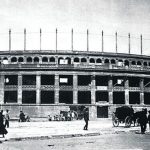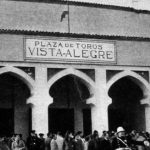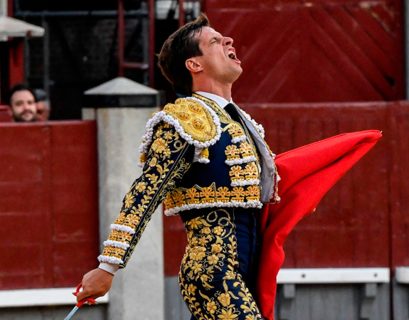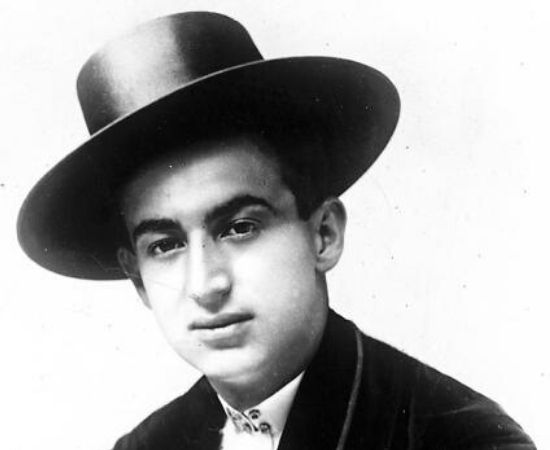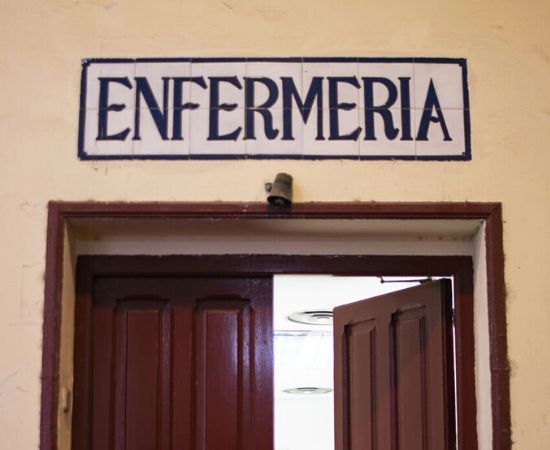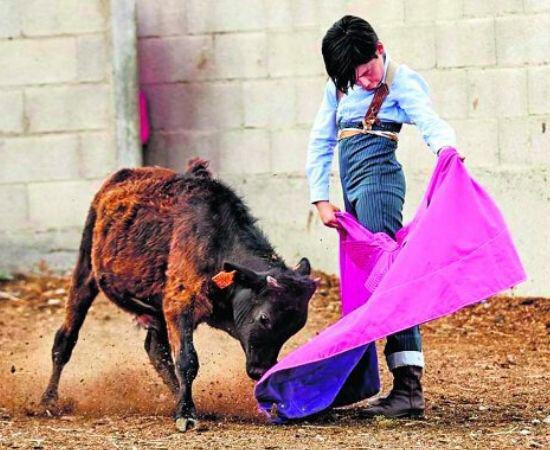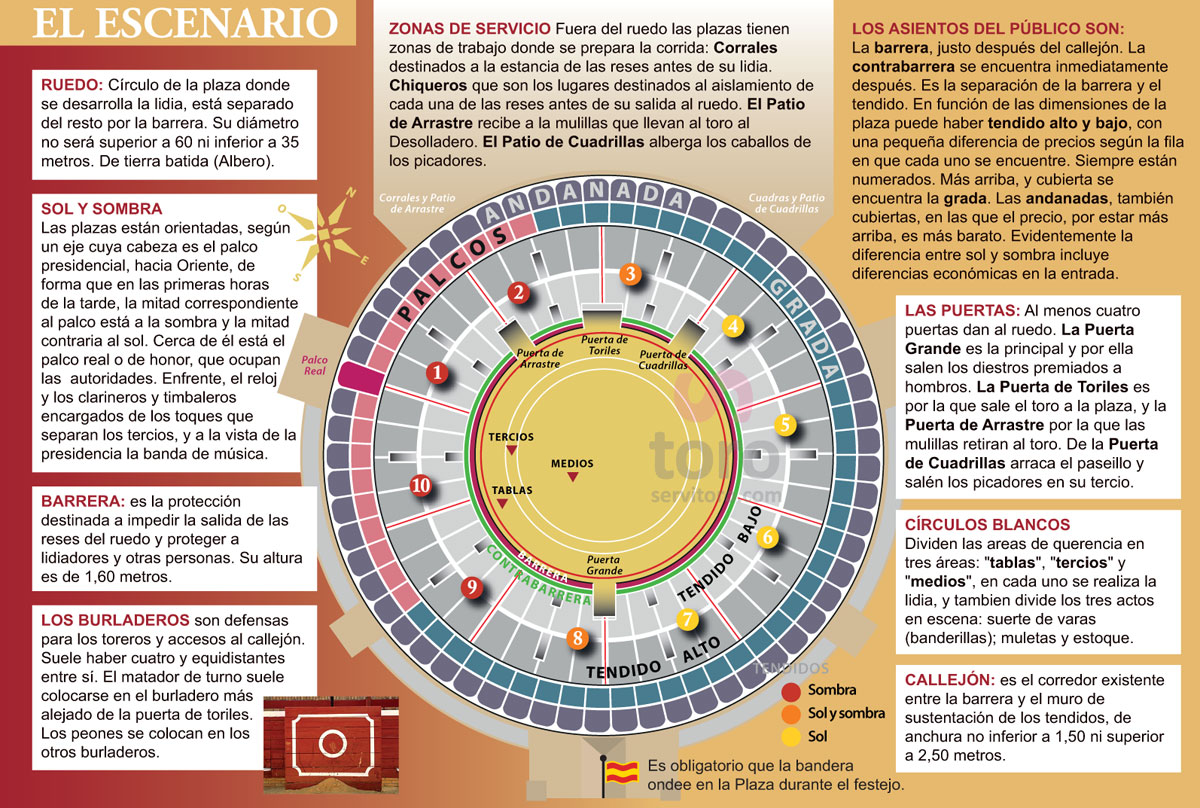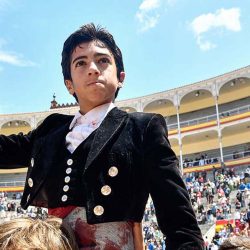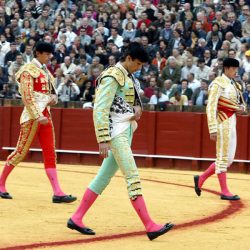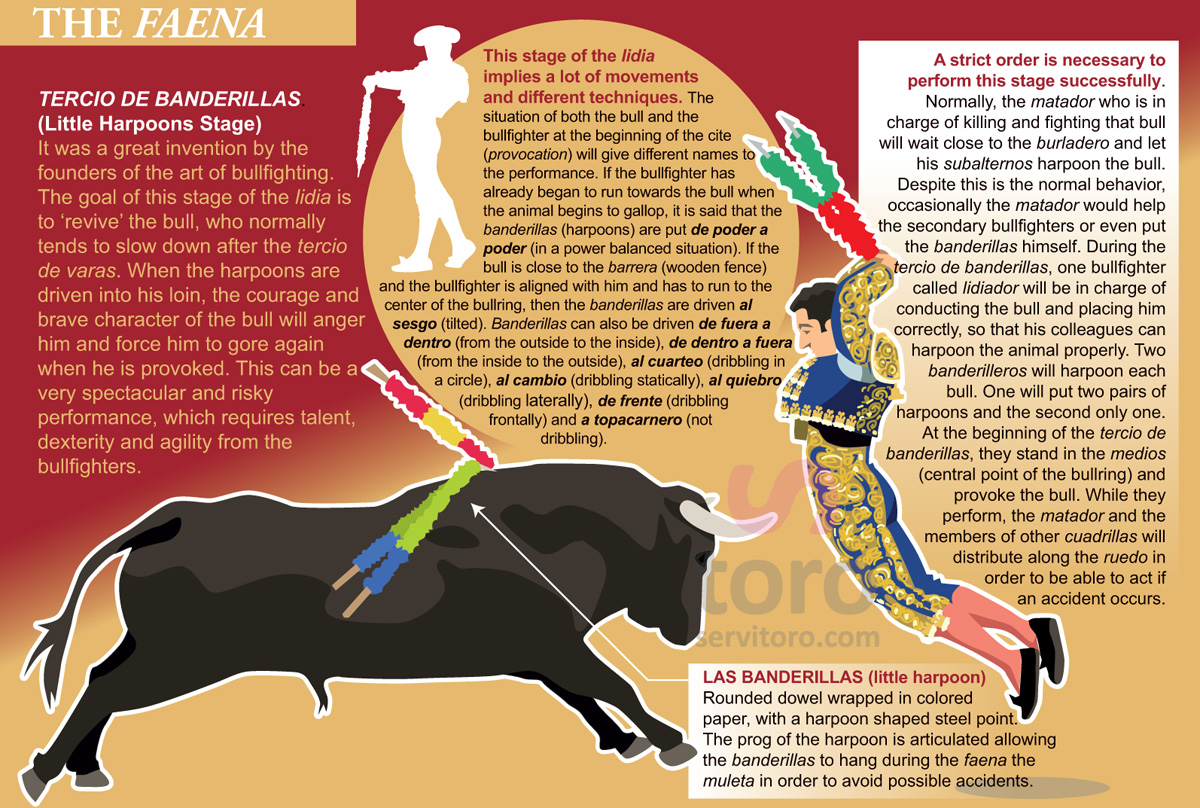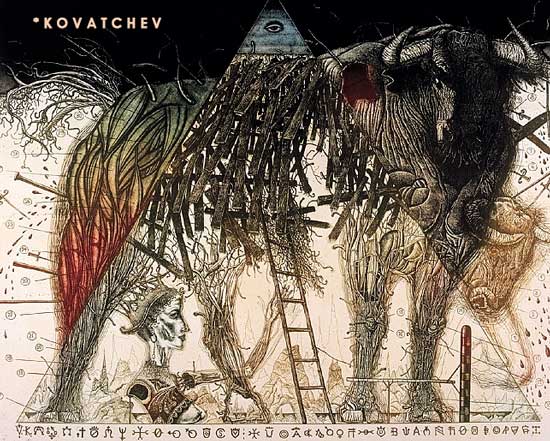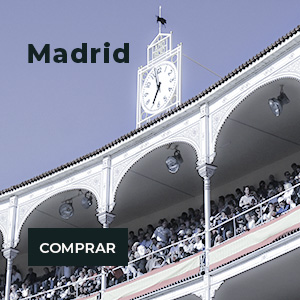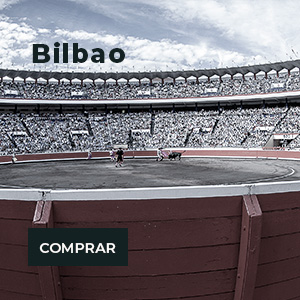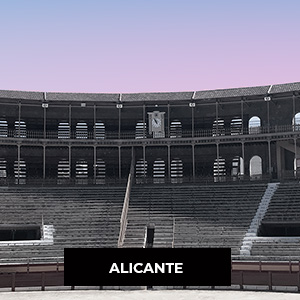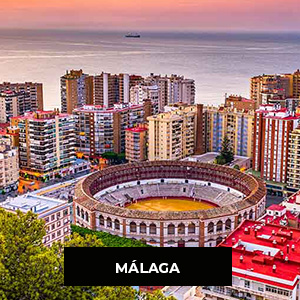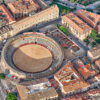Every day the number of people who enjoy and get excited during a bullfight is increasing.
I am sure that at some point, like the rest of us mortals, you have felt the sensation of being at ease in a certain place. That emotion that runs through your body from your stomach to your face and is reflected in a smile. A feeling that you would like to repeat over and over again, that makes your hair stand on end and even better when enjoying art as expression. The goal that gives the victory to your team in the last breath of the match, the unsettling intrigue of page 322 of your favourite book or contemplating the immensity of the sea from that memorable place. In all these actions there is something in common, and that is joy. The healthy pleasure of the one doing the activity.
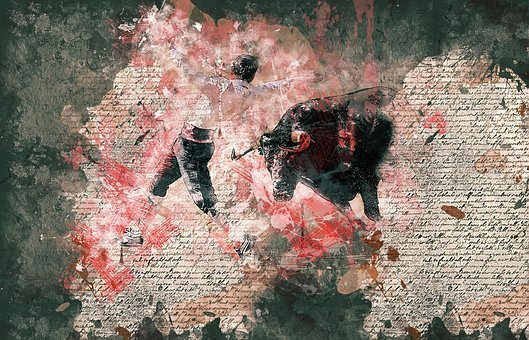
I would like to tell you something personal. A few years ago, I think I was barely six years old, I was walking down Alcalá Street in Madrid in the middle of February, hand in hand with my grandfather, when we passed Las Ventas bullring. At that time, I thought it was the world circus, because every year at Christmas time the bullring became a stage for trapeze artists, lions and elephants. It was a cloudy afternoon, I think there were even a few drops, but it wasn’t cold. Even today I can still remember the smell of wet earth on the ground. Then my grandfather said to me something like this: -The great bullfighters and the bravest ones go out through this door, pointing to the Puerta Grande. That same day, when I got home, it was clear to me that I wanted to be a bullfighter.
It seems that my grandfather didn’t think it was a bad idea, and soon after, he sewed a stick to an old towel so that I could use it as a crutch. That’s how I spent my summers playing bullfighting in a little house in the countryside that my family had near Guadalajara. My father bought a horse and as he knew people in the town councils of the surrounding villages, he encouraged me to go with him to clear the bullfights during the summer months. They explained to me that this function was that of Alguacilillo, a man who did the paseíllo on horseback with the bullfighters and, among other things, was in charge of giving the ears to the matador in case of triumph.

It was 2007, and it was time to do the despeje in the bullring of Sacedón, a village in Guadalajara. It was the festivities in honour of the Santa Cara de Dios and it was necessary to give the stature. That afternoon the maestro Ortega Cano was fighting, someone who, according to my grandfather, had marked an epoch in the world of bullfighting. I remember that there wasn’t room for a single pin, it was a hot August afternoon, perfect for an afternoon of bullfighting. The timbales sounded and there were still people entering through the vomitoriums of the bullring.
Two hours before the bullfight, I was able to enter the Mariblanca hostel, a small building barely 40 metres from the bullring where the bullfighters who would later play for their lives in the ring were to be found. I was then able to contemplate a rather curious scene. A man was helping Manuel Díaz ‘El Cordobés’ to put on his bullfighting costume. – Do you like bullfighting, champ? said the man who was helping the bullfighter to put on his jacket. – Yes, I’m the one on the horse,” I replied. -Today you’re going to see art, kid! shouted another man who was watching from the door of the hostel room.
It was the first time I had ever been so nervous, I had never before done the paseíllo with so many people in the stands, and as soon as I got off the horse my heart rate gradually returned to normal. I don’t remember the course of the afternoon very well, I imagine it went normally until the fifth bull of the afternoon came out, a bull of about 500 kg, brown in colour, with a beautiful black spot in his left eye. El Cordobés received him on his knees and enjoyed himself with the cape. As soon as he finished with a gentle half-veronica he approached the band and raised his head as a sign for them to play a pasodoble. He was about to put banderillas. Then he approached the ring, rinsed his mouth with water and picked up his muleta. He went to the centre of the ring and began his faena on his knees with passes down the back. Each muletazo that he made was 3,200 shouts of “olés” that must have been heard even on the road. That afternoon we were able to enjoy a wide range of bullfighting passes.
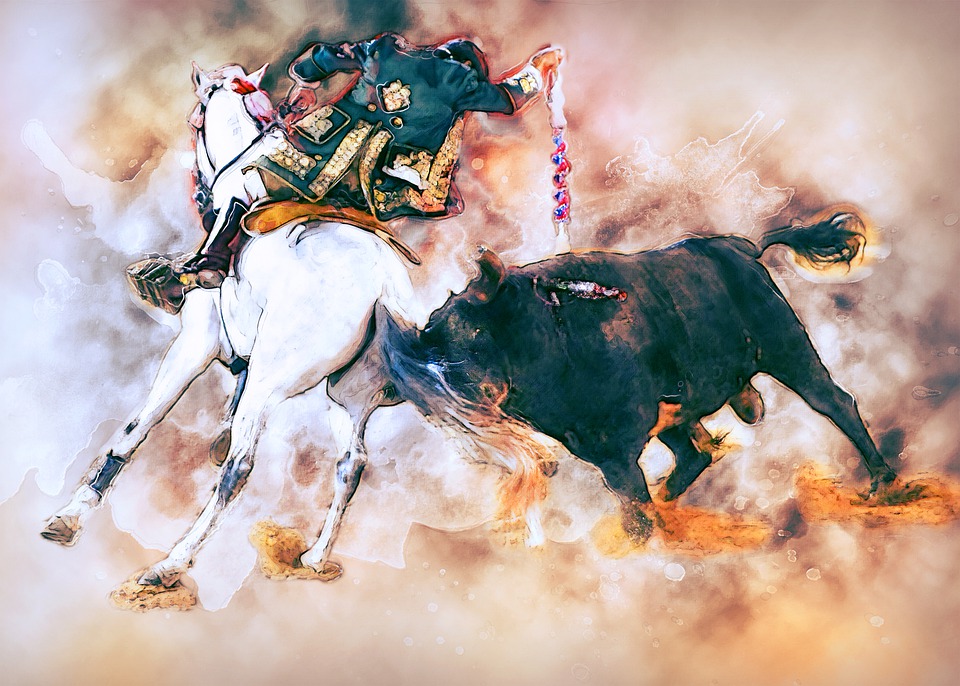
In my instinct as a little boy I didn’t know what the triumph of a bullfighter in a bullring meant, but I wanted the president of the bullfight to give him the two ears so that I could go out and give them to him and hug him. When he approached for the sword, the crowd began to whistle, it was past 20:30 when the president brought out an orange handkerchief. The bull with the spot in his left eye had just been pardoned.
From that day on I became interested in the world of bullfighting and I have tried to find an explanation for that feeling. That feeling that brings tears to your eyes when your team scores a goal in the last minute of the match, when your hair stands on end as you gaze at the immensity of the sea, or when you see the bull trot towards the muleta around the bullfighter to the beat of a pasodoble.
The RAE says that art is a manifestation of human activity through which the real is interpreted or the imagined is shaped with plastic, linguistic or sonorous resources. Is there anything more real than risking one’s life?
Have a nice day, Bullfighters!

